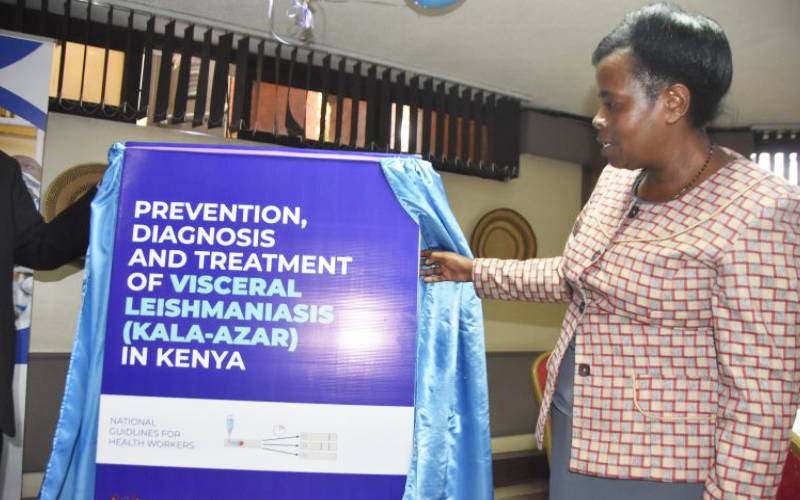×
The Standard e-Paper
Informed Minds Prefer The Standard

Head of Quality Assurance, Standards and Regulation Dr Anne Wamai launches guidelines for Kal-azar in February 2018. [Courtesy, MoH]
As the government strives to ensure quality healthcare for all, the situation in Marsabit County is wanting.